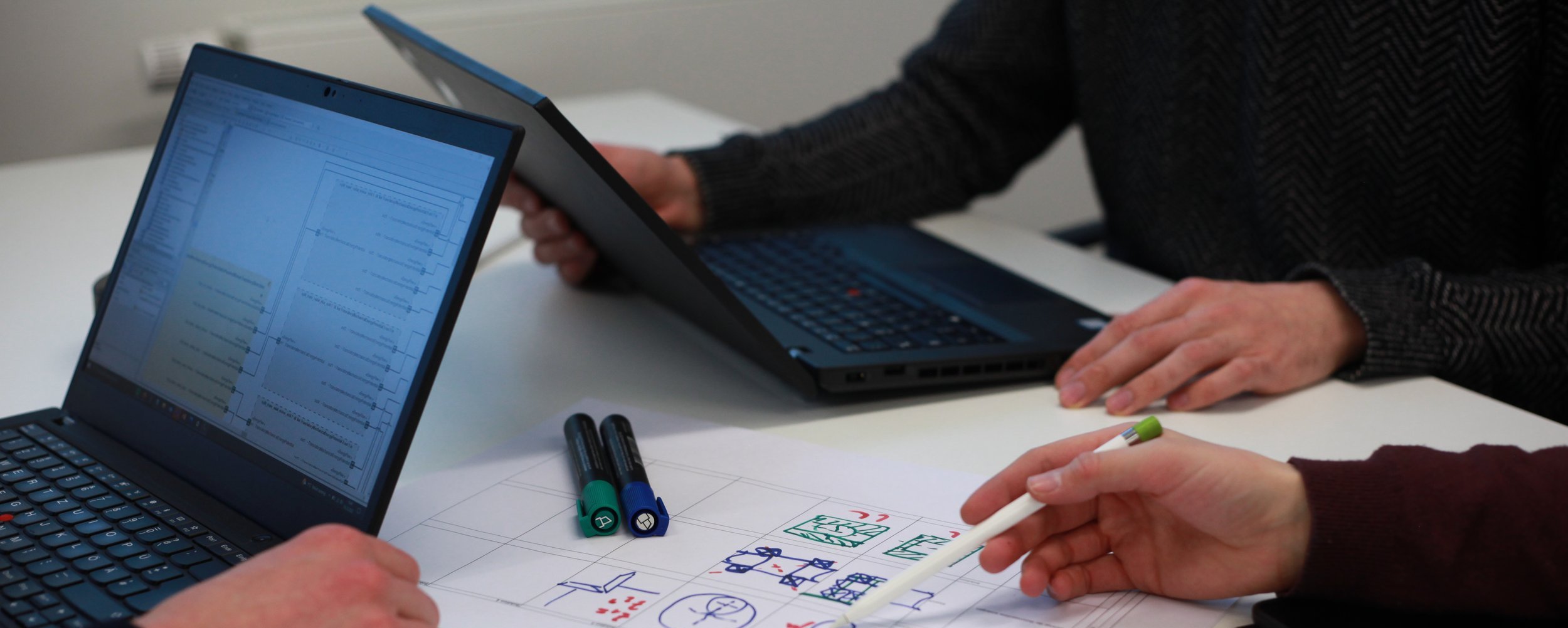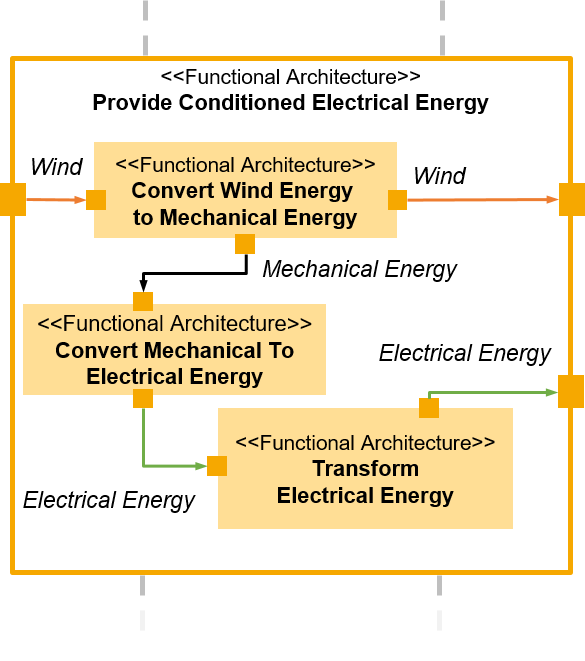
Model your Product's Architecture.
The system model structures and connects all development artifacts in four categories – requirements, functions, solutions and the product realization – increasing transparency of dependencies, decisions and changes in product development.
Building system models can be quite complicated. With motego, we make it simple: The basis is a formal architecture consisting of requirements, functions, solutions and product realization. All relevant data and models builds on this architecture and are seamlessly connected.
Requirements
Requirements capture the expectations of all stakeholders regarding the product. Through translation of top-level stakeholder expectations in concrete, realizable technical requirements all constraints that the system needs to fulfill become unambiguous and verifiable.
Formalizing requirements according the motego Method enables mastering the dependencies between requirements as well as the continuous validation of all requirements including changes in your product development.
Functions
Core of the model-based motego Method is the solution-neutral description of the systems behavior with functions. Through decomposition of the systems top-level function into sub functions and their connection with function flows clear interfaces between the engineering, software and electronic domains are defined.
By specifying a solution-neutral architecture with explicit interfaces, the parallel, agile and cross-domain development of mechatronic products is facilitated.
Solutions
In the solution model, the fulfillment of functions is conceptually described by technical solutions. This formal description of the solutions down to the contact level with so-called solution elements solves the methodology gap between functions and components in the mechanical domain and is essential for the consistency of the system model.
For the design, validation and optimization of the conceptual solutions, the solutions are enhanced by simulation models and corresponding workflows of the domains engineering, production and controlling.
Product
Component elements link the function-oriented technical solutions to the final product design in the product model.
Within the product model, the entire product is decomposed into assemblies up to individual components. This structure can be synchronized with ERP and PDM systems to generate a function-oriented bill of materials.

motegoPlugin
Learning and applying model-based systems engineering methods is challenging. With our motego plugin we strive to make the first model-based systems engineering experience as well as entire change processes as easy as possible.
Explore the future of digital product development with us!





